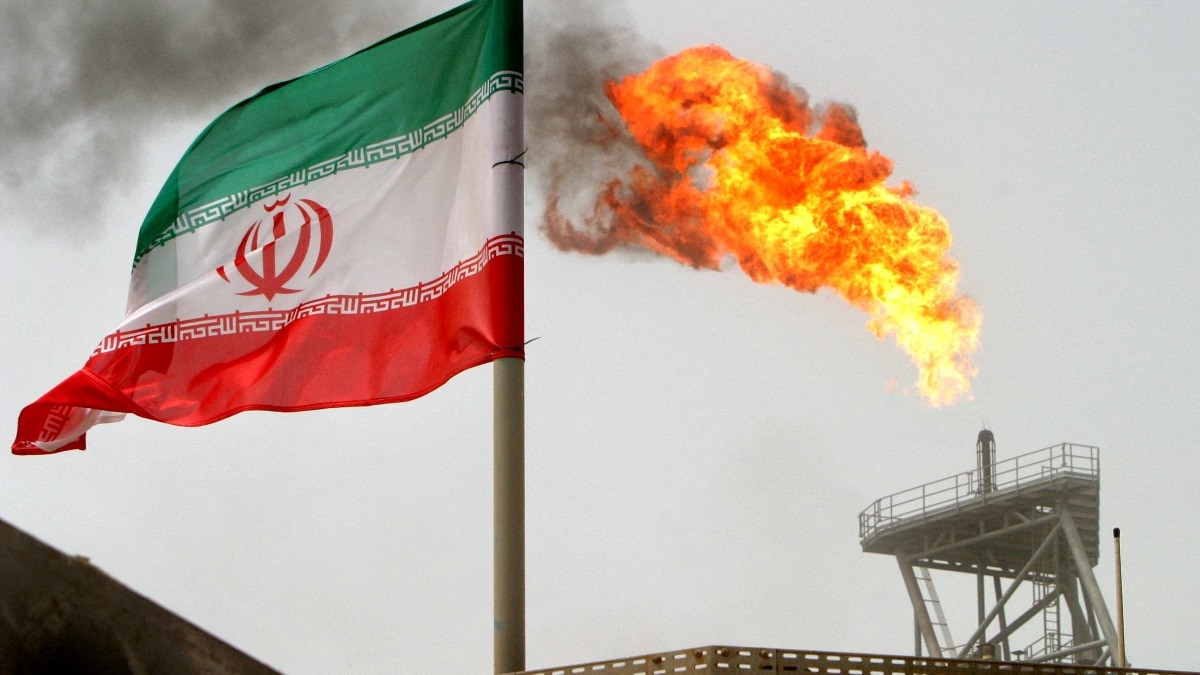2024-10-09 12:32:53
If it happens, an Israeli strike on Iran’s energy facilities could affect everything from the price of food and groceries to how much it costs to fill up your car.
After Iran fired a salvo of ballistic missiles on Israel, the region now hangs in the balance as it waits to see whether Israel will choose to de-escalate or seek to confront its longtime foe with US backing.
On October 3, President Joe Biden said that the United States was “in discussion” about the possibility that Israel might strike Iran’s vast oil fields.
Following his comments, oil prices rose sharply in global markets. Although international sanctions have forced most countries, including India, to not purchase Iranian oil, China buys more than 90 percent of Iran’s petroleum exports. Any disruption to Chinese energy supplies is likely to have ripple effects across economies.
According to the Statistical Review of World Energy, Iran produced approximately 3.9 million barrels per day in 2023, ranking as the seventh-largest oil producer globally and contributing nearly 5 per cent of total global output.
From heating up homes, businesses, power factories and every means of transport, to the production of chemicals, plastics, materials, there’s no place in our economy that oil hasn’t reached.
Despite restrictions imposed by US and European nations, Iran’s oil industry plays a major role in global energy markets. Any Israeli attack on Iranian oil assets will impact production levels and could lead to fluctuations in oil prices.
But a direct hit on Iranian oil production is not the only concern.
Further regional escalation could block the Strait of Hormuz, which serves as the only outlet for oil exports to consumers across the globe. About a third of total seaborne-traded oil passes through this narrow channel.
According to the Energy Information Administration, approximately 20-30 per cent of the world’s oil traverses this waterway, making it the most critical oil chokepoint globally.
It is also the path through which a fifth of liquefied natural gas (LNG) is transported, a commodity that the world has become more dependent on since sanctions were imposed on Russia following its invasion of Ukraine.
Meanwhile, in the Red Sea, another Iran-backed militant group, the Houthis in Yemen, claimed responsibility for attacking at least two vessels on October 1 off the port of Hodeidah. The Houthis have launched attacks on international shipping, attacking around 100 ships in the Red Sea near Yemen since last November in solidarity with the Palestinians in the war between Israel and Hamas in the Gaza Strip.
Iranian naval base facilities and naval assets of the Islamic Revolutionary Guard Corps (IRGC) are other potential targets for Israel. Alongside Iran’s capital, Tehran, the port city of Bandar-e Bushehr, home to major energy infrastructure and Iranian navy facilities, is an important hub.
Nuclear assets on target
The Natanz uranium enrichment complex and the Isfahan Nuclear Technology Centre are two of the sites at the core of Iran’s nuclear programme. The central city of Isfahan, the site of Israel’s response in April, is also home to several important facilities, including military companies.
However, any attack on Iran’s nuclear facilities is not anticipated. Earlier, Biden commented he would not support an Israeli strike on Iran’s nuclear facilities.
What it means for India?
India currently doesn’t purchase oil products from Iran, but imports from other countries that use the Strait of Hormuz.
Even if the situation deteriorates in the region, it won’t impact supplies to India’s oil needs, as per Indian Petroleum Minister Hardeep Singh Puri.
“There is more oil available in the world than there is consumption. If some parties hold back on availability, there are new suppliers on the market. In the short to medium term, I don’t foresee any shortage of oil globally,” he said on October 7.
Puri informed that India currently sources oil from 39 suppliers.
Tune In
iran-israel conflict, iran-israel tensions, middle east tensions, iran news, Israel news, iran oil supply
Source link
![]()
